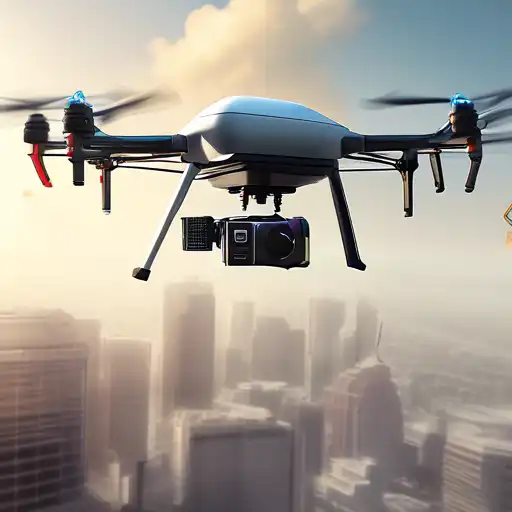Introduction to Commercial Drones
Commercial drones, also known as unmanned aerial vehicles (UAVs), have revolutionized industries by offering innovative solutions for photography, agriculture, delivery services, and more. Their ability to access hard-to-reach areas and perform tasks efficiently has opened up new opportunities for businesses worldwide.
Opportunities Presented by Commercial Drones
The use of commercial drones spans various sectors, providing significant benefits. In agriculture, drones are used for crop monitoring and spraying, leading to increased productivity. In the construction industry, they offer aerial surveys and inspections, reducing risks and costs. Additionally, drones have transformed the delivery sector, with companies experimenting with drone delivery services to enhance speed and efficiency.
Key Industries Benefiting from Drones
- Agriculture: Precision farming and crop health monitoring.
- Construction: Site surveys and progress monitoring.
- Delivery Services: Fast and efficient package delivery.
- Photography and Filmmaking: Aerial shots and cinematography.
Understanding the Regulations
Despite the vast opportunities, the operation of commercial drones is subject to strict regulations to ensure safety and privacy. In the United States, the Federal Aviation Administration (FAA) requires commercial drone operators to obtain a Part 107 certification. Similarly, other countries have their own set of rules governing drone usage, which often include no-fly zones and altitude restrictions.
Common Regulatory Requirements
- Registration of the drone with the relevant aviation authority.
- Obtaining a license or certification for commercial operations.
- Adherence to no-fly zones and altitude limits.
- Respect for privacy laws when capturing images or videos.
Future of Commercial Drones
The future of commercial drones looks promising, with advancements in technology paving the way for more sophisticated applications. Innovations such as beyond visual line of sight (BVLOS) operations and drone traffic management systems are expected to further expand the capabilities and use cases of drones in the commercial sector.
Emerging Trends
- Integration of artificial intelligence for autonomous operations.
- Development of drone delivery networks for e-commerce.
- Use of drones for emergency response and disaster management.
As the commercial drone industry continues to evolve, staying informed about the latest opportunities and regulations is crucial for businesses looking to leverage this technology. By understanding the potential and legal landscape, companies can effectively integrate drones into their operations, driving innovation and efficiency.
